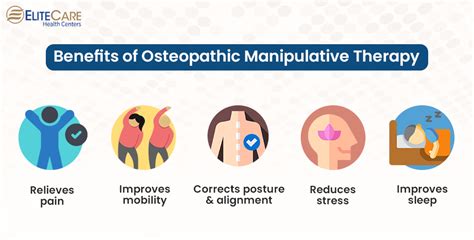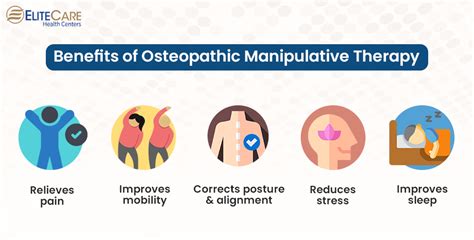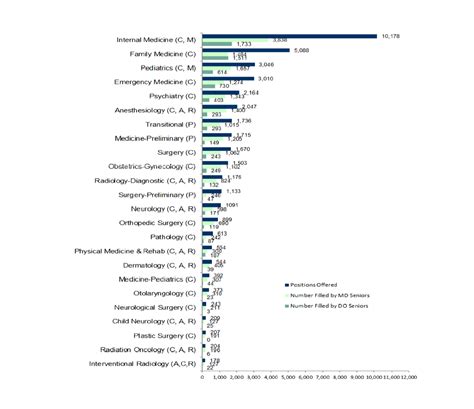Intro
Discover the expertise of a Doctor Of Osteopathic Medicine, specializing in holistic healthcare, osteopathic manipulative treatment, and preventive medicine, focusing on whole-person care and wellness.
The medical field is a vast and diverse profession, with numerous specialties and areas of focus. Among these, the Doctor of Osteopathic Medicine (D.O.) degree is a unique and important aspect of healthcare. Osteopathic medicine is a holistic approach to patient care, emphasizing the interconnectedness of the body's systems and the role of lifestyle and environment in health and disease. In this article, we will delve into the world of osteopathic medicine, exploring its principles, practices, and benefits.
Osteopathic medicine has a rich history, dating back to the late 19th century when Andrew Taylor Still, a physician and surgeon, developed the osteopathic approach. Still's philosophy was centered on the idea that the body has an inherent ability to heal itself, and that the role of the physician is to facilitate this process. This approach is based on four key principles: the body is a unit, structure and function are interrelated, the body has an inherent ability to heal itself, and rational treatment is based on an understanding of these principles. These principles guide the practice of osteopathic medicine, shaping the way D.O.s approach patient care and treatment.
The importance of osteopathic medicine cannot be overstated. As the healthcare landscape continues to evolve, the need for holistic, patient-centered care is becoming increasingly pressing. Osteopathic medicine offers a unique approach to addressing the complex needs of patients, taking into account the physical, emotional, and spiritual aspects of health. By focusing on prevention, wellness, and the interconnectedness of body systems, D.O.s are able to provide comprehensive care that addresses the root causes of disease, rather than just its symptoms. This approach has been shown to lead to better patient outcomes, improved quality of life, and enhanced patient satisfaction.
What is a Doctor of Osteopathic Medicine?

Key Principles of Osteopathic Medicine
The practice of osteopathic medicine is guided by four key principles, which shape the way D.O.s approach patient care and treatment. These principles include: * The body is a unit: This principle emphasizes the interconnectedness of the body's systems and the importance of considering the whole person in the diagnosis and treatment of disease. * Structure and function are interrelated: This principle recognizes that the structure of the body influences its function, and that changes in structure can affect overall health and well-being. * The body has an inherent ability to heal itself: This principle is based on the idea that the body has a natural ability to heal and repair itself, and that the role of the physician is to facilitate this process. * Rational treatment is based on an understanding of these principles: This principle guides the development of treatment plans, which are tailored to the individual needs and circumstances of each patient.Benefits of Osteopathic Medicine

How to Become a Doctor of Osteopathic Medicine
Becoming a D.O. requires a significant amount of education, training, and dedication. The process typically involves: * Completing a bachelor's degree in a science-related field * Taking the Medical College Admission Test (MCAT) * Attending an accredited osteopathic medical school * Completing clinical rotations and gaining hands-on experience * Obtaining licensure and certification * Pursuing additional training through residency and fellowship programsOsteopathic Manipulative Treatment (OMT)

Common Applications of OMT
OMT is used to treat a wide range of health conditions, including: * Musculoskeletal disorders, such as back pain and osteoarthritis * Respiratory conditions, such as asthma and chronic obstructive pulmonary disease (COPD) * Gastrointestinal disorders, such as irritable bowel syndrome (IBS) and inflammatory bowel disease (IBD) * Neurological conditions, such as headaches and migraines * Women's health issues, such as menstrual cramps and pregnancy-related discomfortSpecialties in Osteopathic Medicine

Career Opportunities for D.O.s
D.O.s have a wide range of career opportunities, from clinical practice to research and academia. Some common career paths for D.O.s include: * Private practice: Many D.O.s choose to establish their own private practices, providing comprehensive medical care to patients in their communities. * Hospital and clinical settings: D.O.s may work in hospitals, clinics, and other healthcare settings, providing medical care to patients and working as part of a healthcare team. * Research and academia: D.O.s may pursue careers in research and academia, contributing to the advancement of osteopathic medicine and educating the next generation of healthcare professionals. * Public health and policy: D.O.s may choose to work in public health and policy, using their skills and knowledge to promote healthcare and wellness at the community and national levels.Conclusion and Future Directions

What is the difference between a D.O. and an M.D.?
+A D.O. (Doctor of Osteopathic Medicine) and an M.D. (Doctor of Medicine) are both licensed physicians, but they have different approaches to patient care. D.O.s emphasize the use of osteopathic manipulative treatment (OMT) and a focus on preventive care, while M.D.s tend to focus on pharmaceutical and surgical interventions.
What kind of training do D.O.s receive?
+D.O.s receive a comprehensive education and training in osteopathic medicine, including coursework, clinical rotations, and hands-on experience. They must also complete a residency program and obtain licensure and certification to practice.
Can D.O.s prescribe medication and perform surgery?
+Yes, D.O.s are qualified to prescribe medication and perform surgery, just like M.D.s. They are licensed physicians with the same rights and responsibilities as M.D.s.
